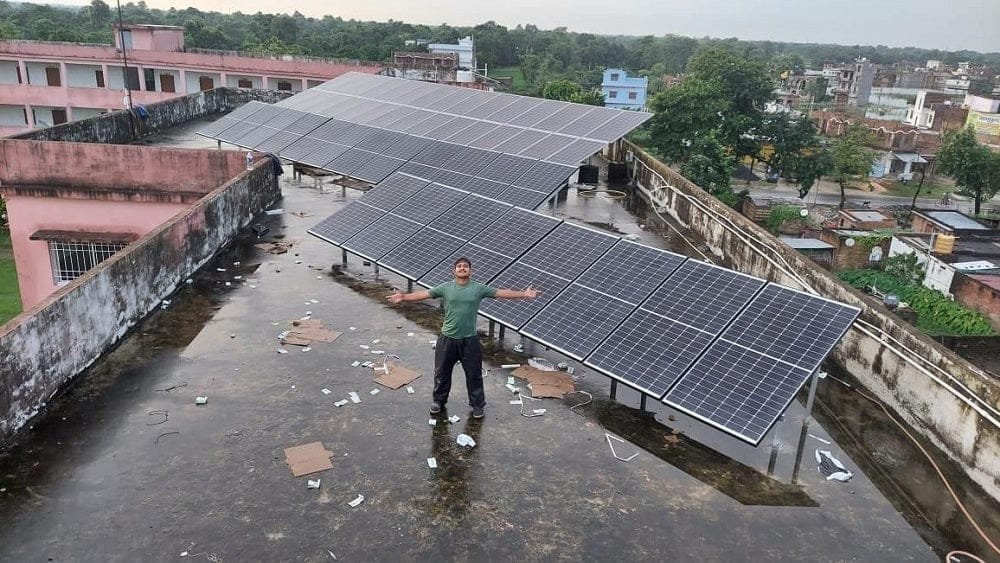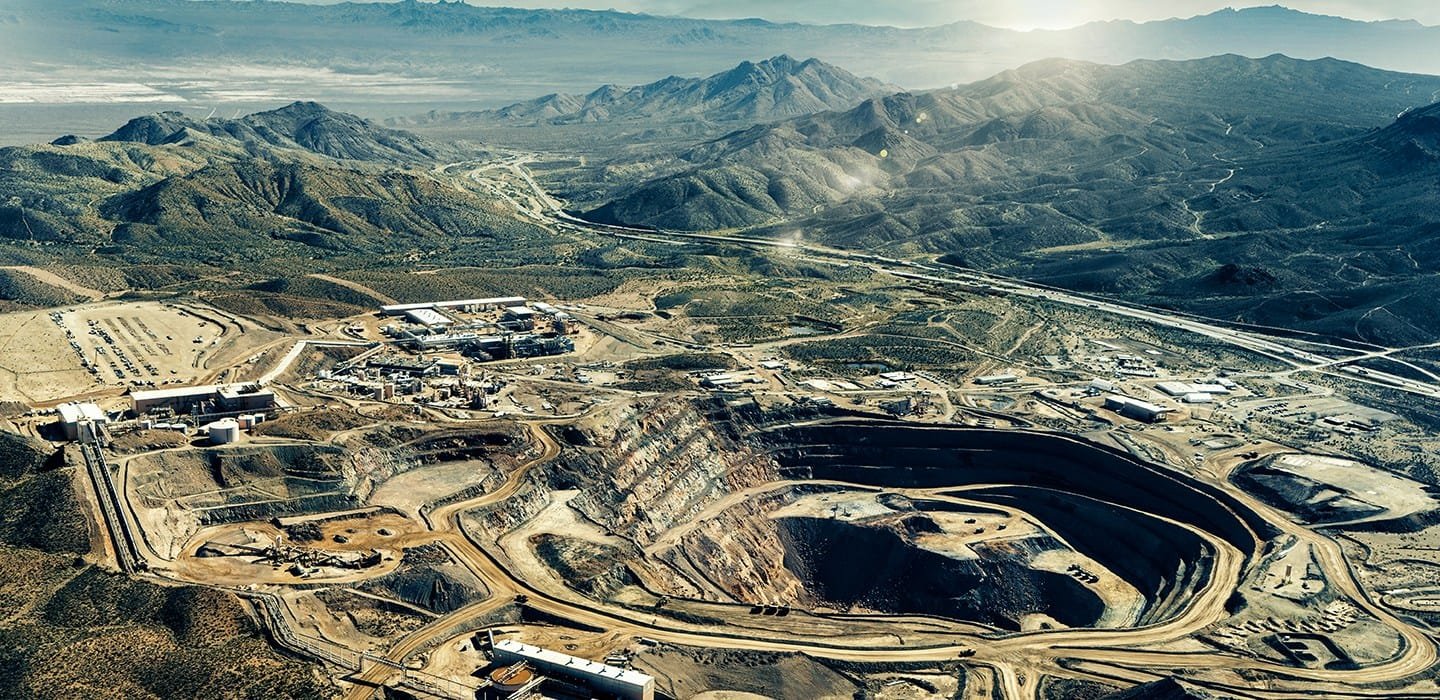Jharkhand, a state rich in coal and minerals, remains surprisingly underpowered when it comes to renewable energy. As of 2022, the state’s renewable energy capacity stood at just 97.14 megawatts, making up a mere 3.5% of its total energy capacity. In contrast, neighboring states like Odisha and West Bengal have made more significant strides in clean energy adoption.
This gap has not gone unnoticed. In a bid to shift gears, the Jharkhand government launched its Solar Energy Policy 2022, setting an ambitious target of 4,000 MW of solar power within five years. The policy outlines a roadmap focusing on three major areas: utility-scale solar projects, distributed and off-grid solar solutions, and rooftop installations.
To make this vision a reality, the Jharkhand Renewable Energy Development Agency (JREDA) recently floated an Expression of Interest for the development of 3 GW of ground-mounted solar projects. These projects are to be executed on government or private land, with developers responsible for setup and operation.
Additionally, the policy includes up to 80% subsidy for rooftop solar adoption among low-income households—those earning less than ₹3 lakh per year. There are also plans to utilize water bodies such as canals and reservoirs for floating solar projects.
Yet, the road ahead is not without obstacles. Land acquisition, lack of private investment, and bureaucratic delays have hampered previous renewable efforts. To address these, the state government is simplifying regulations and creating a dedicated land bank to fast-track approvals.
While these initiatives signal positive intent, on-ground implementation remains sluggish. For tribal and rural communities—often living off-grid or with erratic electricity—these renewable projects could offer much-needed energy access, but only if development is inclusive and locally driven.
Jharkhand’s clean energy journey has finally begun, but whether it becomes a people-centric transformation or just another policy on paper depends on political will, community participation, and transparent execution.












